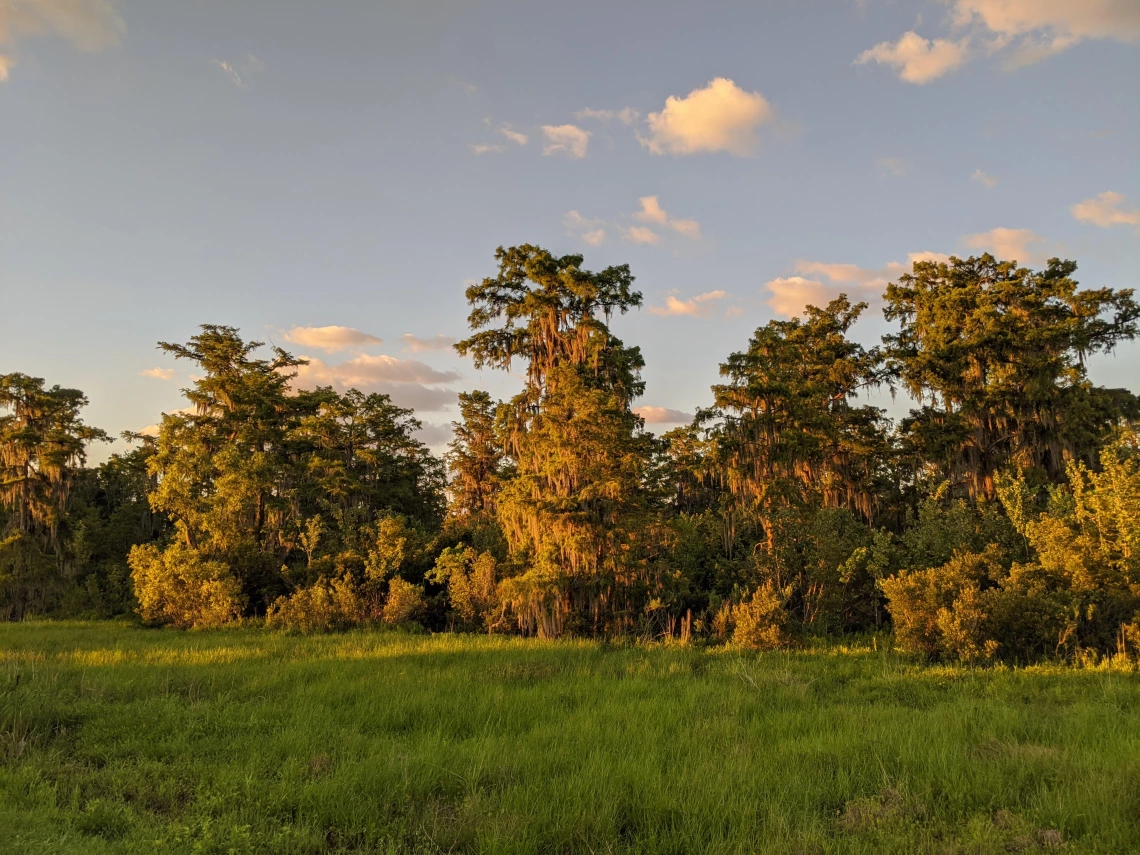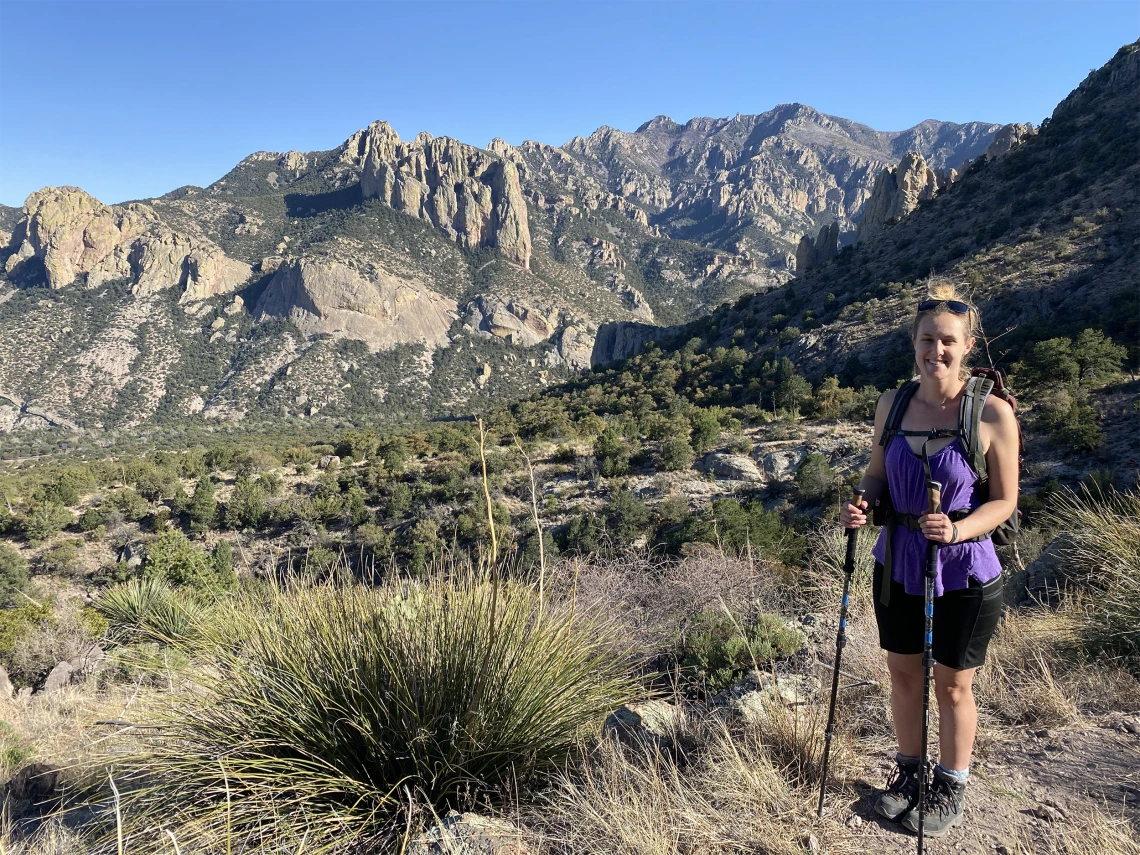Exploring FireScape - CLIMAS E&S Grad Fellow
“How many liters of water do you use a day?” I asked the dozen students sitting around me. A couple of students threw out some guesses, positing that they used somewhere between 20 to 30 liters per day. That aligned with my own estimations: ten liters for bathing, two to three liters for drinking, ten for dishes and cleaning, maybe five for cooking. We were talking about water conservation in their small rural village in Central Zambia. One student raised his hand. “Madam, how much water do people use every day in America?” I had the number ready because I had looked it up the night before. “A family in the US uses about 300 gallons per day.” Shouts erupted around me. “300 gallons! But what are they using that for?” I remember laughing and thinking to myself, I'm teaching environmental conservation to the wrong people.
At the time, I was serving as a Peace Corps Volunteer. After my experience in Zambia, I moved back to the United States with the singular goal of working as an environmental educator. I landed a job with Jean Lafitte National Historical Park and Preserve in New Orleans, Louisiana, as their Citizen Science Program Coordinator. I designed and directed their citizen science program from scratch through engaging students and community members in local, regional, and national research projects. I taught them how to use specific protocols to contribute data for national and local research projects focused on biocontrol agents, phenology, invasive species, amphibian monitoring, water quality testing, and bird monitoring.
In addition to teaching data collection, an essential part of my job was facilitating positive and interactive experiences with nature. The swamps around New Orleans are home to disease-carrying mosquitoes, suffocating humidity, giant alligators, venomous snakes, and spiders and are not typically considered a friendly place. One day, a bus full of 5th graders pulled into the park. One girl eyed me warily. “Where are we?” she asked. “The woods!” I answered cheerfully. She immediately burst into tears. However, after a couple of hours of learning about how to identify native trees by their various fruits and seed pods, she was playing and laughing with her classmates, with a newfound comfort in her physical surroundings.

Photo 1: The New Orleans swamps
My experiences in New Orleans with environmental education helped me discover my passion: engaging members of the public in environmental conservation projects on their public lands. And so, I decided to pursue my master’s degree in the hot, dry desert of southern Arizona. After I complete my master’s degree, my goal is to become an environmental planner for a federal land management agency, facilitating the environmental impact assessments and environmental review process for projects on public land. An environmental planner communicates monitoring and evaluation data and the rationale behind land management decisions in a way that is accessible to all stakeholders, regardless of their background.
Here in Arizona, I am working with the Coronado National Forest on assessing their planning process for landscape scale fire restoration projects. Prior to Euro-American settlement, wildfire was one of the most important ecological processes that shaped western North American forests. Over the past hundred years, land management agencies have worked to remove natural fire from our landscapes without understanding the importance of fire for these ecosystems. This fire exclusion, along with changing climates, has put our national forests at increased risk of disaster from severe wildfire, insect and disease outbreaks, and severe drought.

Photo 2: The Coronado National Forest
For over 10 years, the Coronado National Forest (CNF) has been developing fire restoration plans. Through the CLIMAS Environment and Society Fellowship, I have partnered with CNF in order to better understand how their staff make management decisions and how the public, through the National Environmental Policy Act process, feel heard and involved. A critical aspect of this study is analyzing how CNF staff and the public view ecosystem resilience in the face of changing conditions and how each party feels the short-term and long-term goals should be prioritized.The results of this study will be shared with CNF staff to help navigate future fire restoration decisions. It is also my goal to communicate our findings with stakeholders and the general public, with the hope that this transparency will lead to better understanding between CNF and their stakeholders and provide an opportunity for stronger relationships and dialogue around these management challenges.

